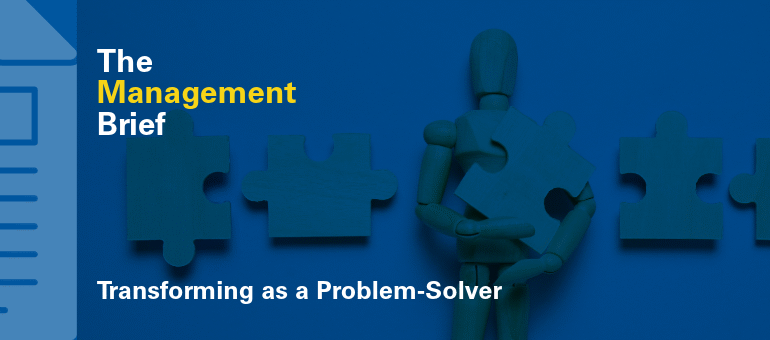Harnessing Soft Power in a Complex World: Strategic Approaches
In a world marked by complex geopolitical landscapes, soft power has emerged as a crucial tool for nations to wield influence. This article delves into the strategic application of soft power through entities like USAID, examining how it complements traditional diplomacy and military tactics.
Understanding Soft Power
Soft power, a term coined by Joseph Nye, focuses on influencing others through attraction rather than coercion. It contrasts with hard power, emphasizing cultural influence, diplomacy, and economic collaboration as tools for international relations.
The Role of USAID in Promoting Soft Power
USAID plays a pivotal role in projecting American soft power. By providing foreign aid and development assistance, it works to build alliances and foster goodwill globally, demonstrating the humanitarian values foundational to America’s influence.
Integrating Soft Power with Traditional Diplomacy
Effective integration of soft power with traditional diplomacy enhances a nation’s ability to navigate international challenges. By aligning USAID efforts with diplomatic missions, countries can address both immediate political issues and long-term developmental goals.
Challenges and Opportunities in Deploying Soft Power
Navigating the complexities of today’s global environment poses challenges to deploying soft power. However, opportunities abound when combined with strategic diplomacy and targeted development initiatives, allowing nations to address both emerging threats and humanitarian needs.
Conclusion
Soft power remains a vital component of modern international strategy. By leveraging resources like USAID and aligning them with clear diplomatic goals, nations can effectively address global issues, fostering stability and collaboration. The careful integration of soft power and traditional diplomacy offers a comprehensive approach to the challenges of a tough world.






